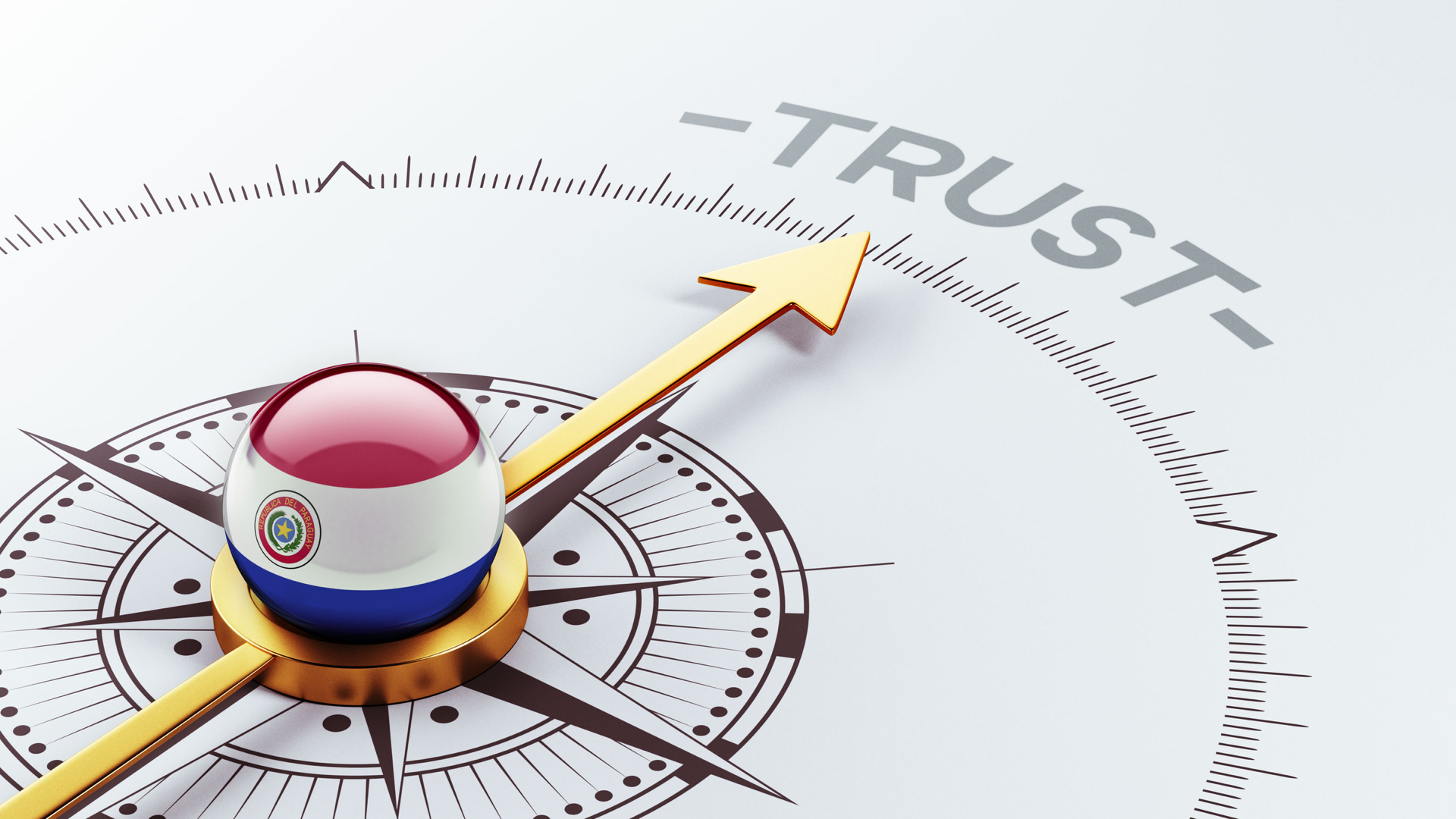Managing people is never easy, but the job of a leader becomes even more difficult when team members are openly hostile to each other. Healthy conflict is part and parcel of every organisation. However, undercurrents resembling actual hatred or resentment can heavily impact effective collaboration and hinder productivity. And, often, managers struggle to find the right way to help resolve such issues among their direct reports. They fear getting too personal, or not personal enough to make a difference.
Related Reading: Managing Conflict
So, what to do? How to help your seemingly defiant team members find common grounds?
There is no quick one-step solution when it comes to conflict management. However, there are a few things that a leader can be mindful of when handling conflicts between two team members at wit’s end with each other. Let’s discuss a few of them –
Acknowledge the situation
Table of Contents
Many leaders choose to ignore existing tension between team members, to avoid rocking the boat. Leaders can also actively avoid situations that require open and honest conversations, when they struggle with being vulnerable themselves. But, acknowledging and addressing such a topic can help build trust – not only among team members, but also between the leader and the rest of the team.
Once you become aware of an existing animosity among your team members, here are a few things that you, as a leader, can do to help release tension –
Related Reading: How To Make Effective Conversations?
Unearth the real issue

More often than not, existing conflicts are driven by a deeper underlying issue. As a leader, it is vital that you get to the root of the conflict. Getting to the root of your employee’s problem will not only help build a deeper bond between the two of you, but also help you resolve the situation, once and for all. And, to do this effectively, you need to ensure that the conflict isn’t due to any systemic conditions.
Before getting involved with the inter-personal relationship of the team members in question, take a long hard look at all possible organisational aspects that may be causing the disconnect. Make sure that there is clarity about their individual roles, and the respective expectations. As an organisation, it is important to also have a set of measures and rewards set in place that promote collaboration rather than competition. Such measures set the tone for healthy inter-personal relationships among team members.
Related Reading: Interpersonal Effectiveness
Evaluate your own biases
Having reflected on the possible organisational issues that may be causing inter personal conflicts, you need to look within. Before you start a dialogue with the team members in question, evaluate your own personal opinion of them. A biased mindset will stop you from helping them efficiently. A frustrated leader can be of no help in such complicated situations. Thus, it is important to leave your personal biases at the door, before starting any conversation. Instead, approach the situation keeping in mind that your team members are good people, struggling with real, and resolvable issues. Only when you are composed and sure of your own objective approach, should you attempt to start a dialogue.
Related Reading: 10 Common Cognitive Biases & How to Overcome Them?
Provide open and detailed feedback

Having acknowledged and resolved your personal biases for or against the given situation, provide relentless and honest feedback. Any time you notice the symptoms of poor inter-personal relationships, seek out the reason. Something as simple as the ‘rolling of eyes’ can help start a conversation, seeking the reason behind such a seemingly rude gesture. Open-ended questions can help people open up about their issues. And, these can lead you to the root cause of the existing disconnect among your team members.
Oftentimes, animosity and resentment are rooted in insecurities or fear. Seek these underlying issues and help resolve them through reassurance and open conversations. Engage actively and be empathetic. Remember, as a leader, your team might feel hesitating about being openly vulnerable around you. Thus, you need to set the tone, by initiating honest conversations even outside the conflict resolution.
Listen carefully
The more you engage in conversations with your team, the better you can help them. But, to be able to do it efficiently, you need to practice active listening. And, rebuttal their answers with more questions. This will allow you to get past the initial impression you might get, and move past assumptions based on misinformation. Another important thing to be mindful of while collecting feedback is to redirect any assumptions made about another person towards a more productive dialogue. Remind your team members that it is impossible to actually predict what the other person may be thinking or feeling.
Having collected all this information, you need to then make some hypotheses about the real issues. Use these hypotheses to get back to the concerned team members with potential solutions. Discuss real-time solutions and enable a positive way forward. This could vary from career growth to inter-project progression. The single most important thing to do, is to let your team members know that their voices are heard, and that collaboration will never get in the way of their individual growth.
Related Reading: Active Listening : An Underrated Skill Of 21st Century
Bring them on the same page

Having finished individual dialogues with the conflicting parties, it is now time for you to bring them both to a common table. Get them to sit together and discuss their issues with each other. The journey so far would allow them to present their perspectives without seething resentment or animosity. This will not only make space for productive solutions but also enable effective trust building. Try and interject as little as possible. Let the conversation flow naturally, and watch the knots unfold on their own. However, should you find the conversation digressing towards a negative space, gently nudge them back on the positive path.
Related Reading: Conflict Management
Conclusion
Investing this religiously in your team members inter-personal relationships may sound like a lot of work. However, the fruits are long-term and multi-fold. Not only will it enhance inter-personal relationships within your team, but also help with your leadership development journey. It will bring to surface the importance of being vulnerable and open communication. You would have helped them grow and become better version of themselves.
Related Reading: Aligning Different Perspectives










